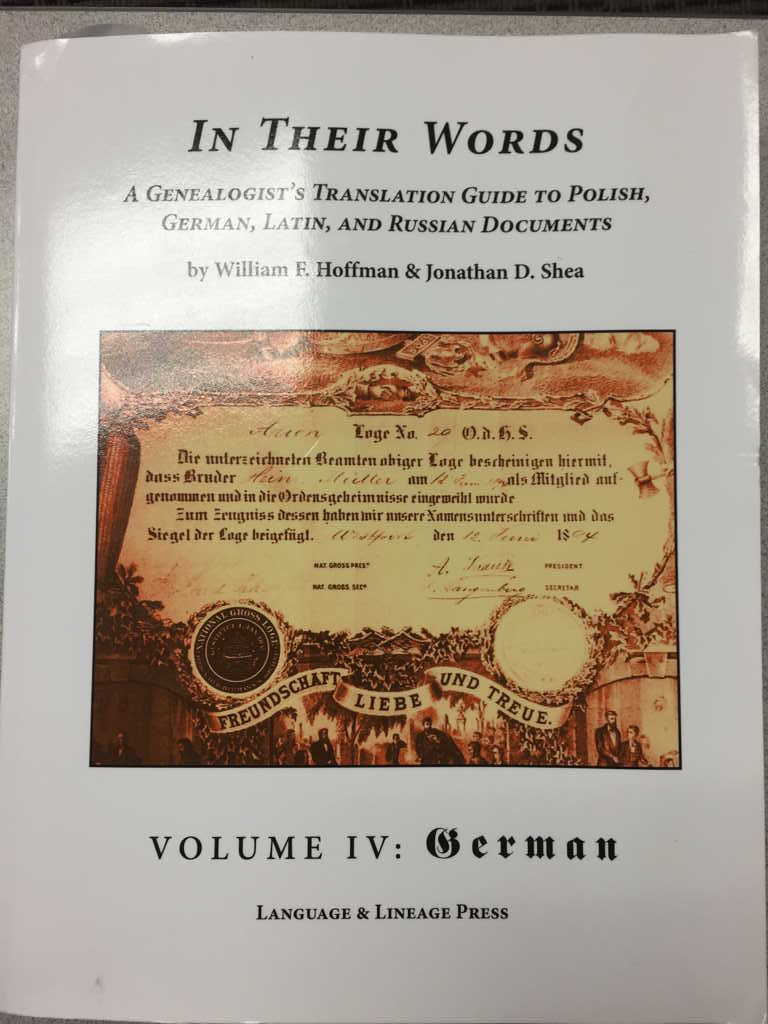What Are Primary & Secondary Sources?

If you are new to genealogy research, you may or may not have heard the terms "Primary Source" or "Secondary Source". So,what are these terms and how do they relate to your ancestral research?
Primary sources come from records that were created by someone who is required to document accurate records, an eyewitness or a person involved at the time of the event. Some of these include vital records (birth, death, marriage or divorce), family bible, deeds, military records, census information, naturalization records, and more. A family bible would only be considered a primary source if the events were recorded at the time they actually occurred. It should be a genealogist's goal to always acquire primary sources for the information they seek, because they are considered to be more accurate. It should be noted that just because they are primary sources it does not preclude them from having an error, although it is not a common occurence.
Secondary sources are documents and records that were not created at the time that an event occurred. For example: old letters, books, oral interviews, transcriptions/translations, indexes and vital records for events other than what they were written for. A marriage record would be considered a secondary source for the birth information it contains. Someone who remembers the event, and may not be correct usually supplies secondary source information. Any extraction or transcription of a primary source document automatically becomes a secondary source for the primary source information it contains, because it is not original and the act of rewriting it opens up the possibility for errors.
Many documents contain both primary and secondary information. Examples include death & marriage records, tombstones, pension records, etc. In a death record, the primary information may be the name and residence of the person who died, date and place of death, cause of death, sex, marital status, and name of the surviving spouse. Secondary information could include information like the date and place of birth of the person who died and the names and residences of their parents. This information may not be accurately known by the person reporting it.
Remember that a primary source is defined by the information you are looking for. A census record would be a primary source for the place of residence of a person or maybe occupation, but would be a secondary source for a date of birth. In the absence of a primary record for any particular piece of information you are looking for, you would need to have a number of secondary sources and in order to have proof. I would highly recommend following the GPS (Genealogical Proof Standard).Primary sources come from records that were created by someone who is required to document accurate records, an eyewitness or a person involved at the time of the event. Some of these include vital records (birth, death, marriage or divorce), family bible, deeds, military records, census information, naturalization records, and more. A family bible would only be considered a primary source if the events were recorded at the time they actually occurred. It should be a genealogist's goal to always acquire primary sources for the information they seek, because they are considered to be more accurate. It should be noted that just because they are primary sources it does not preclude them from having an error, although it is not a common occurence.
Secondary sources are documents and records that were not created at the time that an event occurred. For example: old letters, books, oral interviews, transcriptions/translations, indexes and vital records for events other than what they were written for. A marriage record would be considered a secondary source for the birth information it contains. Someone who remembers the event, and may not be correct usually supplies secondary source information. Any extraction or transcription of a primary source document automatically becomes a secondary source for the primary source information it contains, because it is not original and the act of rewriting it opens up the possibility for errors.
Many documents contain both primary and secondary information. Examples include death & marriage records, tombstones, pension records, etc. In a death record, the primary information may be the name and residence of the person who died, date and place of death, cause of death, sex, marital status, and name of the surviving spouse. Secondary information could include information like the date and place of birth of the person who died and the names and residences of their parents. This information may not be accurately known by the person reporting it.
Quite often in genealogy we are not only looking for primary source documents, but any other documents that may contain clues that will lead us to that primary source. Always "follow through" in your search for the primary source of the information you need. If you are playing the game of golf, you need to have good "follow through" to make a successful hit on your ball. You don't stop your swing at the moment the club touches the ball. Don't just assume that because you have many multiple secondary sources, you don't need the primary source.
No matter where you obtain your information from, it is always important to document your source. Your source citation should provide enough information that will let you, or someone else, go back and locate the document again.






